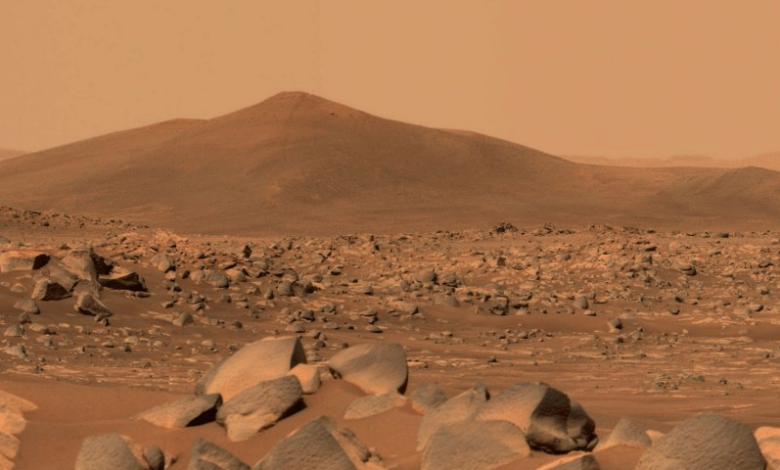NASA’s Curiosity Rover Discovers Largest Organic Molecule on Mars, Raising Hopes of Life on the Red Planet

NASA’s Curiosity rover has made a groundbreaking discovery on Mars, identifying the largest organic molecule ever found on the planet. This discovery is fueling speculation about the potential for life on Mars billions of years ago.
The molecule, known as the “Cumberland sample,” was uncovered in 2013 from a rock formation within the Gale Crater, a region believed to have once housed an ancient lake. The sample, dating back 3.7 billion years, contains organic compounds that suggest Mars may have had the necessary conditions for life in the distant past.
Dr. Caroline Freissinet, lead author and scientist at the National Center for Scientific Research in France, explained, “Our study shows that by analyzing these samples, we can trace evidence of past life on Mars.”
While researchers are careful not to claim they have found definitive proof of life on Mars, the discovery of large organic molecules like decane, undecane, and dodecane in the Cumberland sample provides a compelling clue. Experts believe that liquid water was present on Mars for millions of years, further supporting the possibility that the planet once harbored life.
Daniel Glavin, senior scientist at NASA’s Goddard Space Flight Center, stated, “There is evidence that liquid water existed in the Gale Crater for millions of years, which means Mars had lakes of water.”
Scientists agree that the next big step is to bring Mars samples back to Earth for further analysis, which could resolve the ongoing debate about the possibility of life on Mars. Professor John Eller from the California Institute of Technology remarked, “The results reported in this study offer the best opportunity yet to detect remnants of life on Mars, but conclusive answers will only come once we can study these samples on Earth.”






